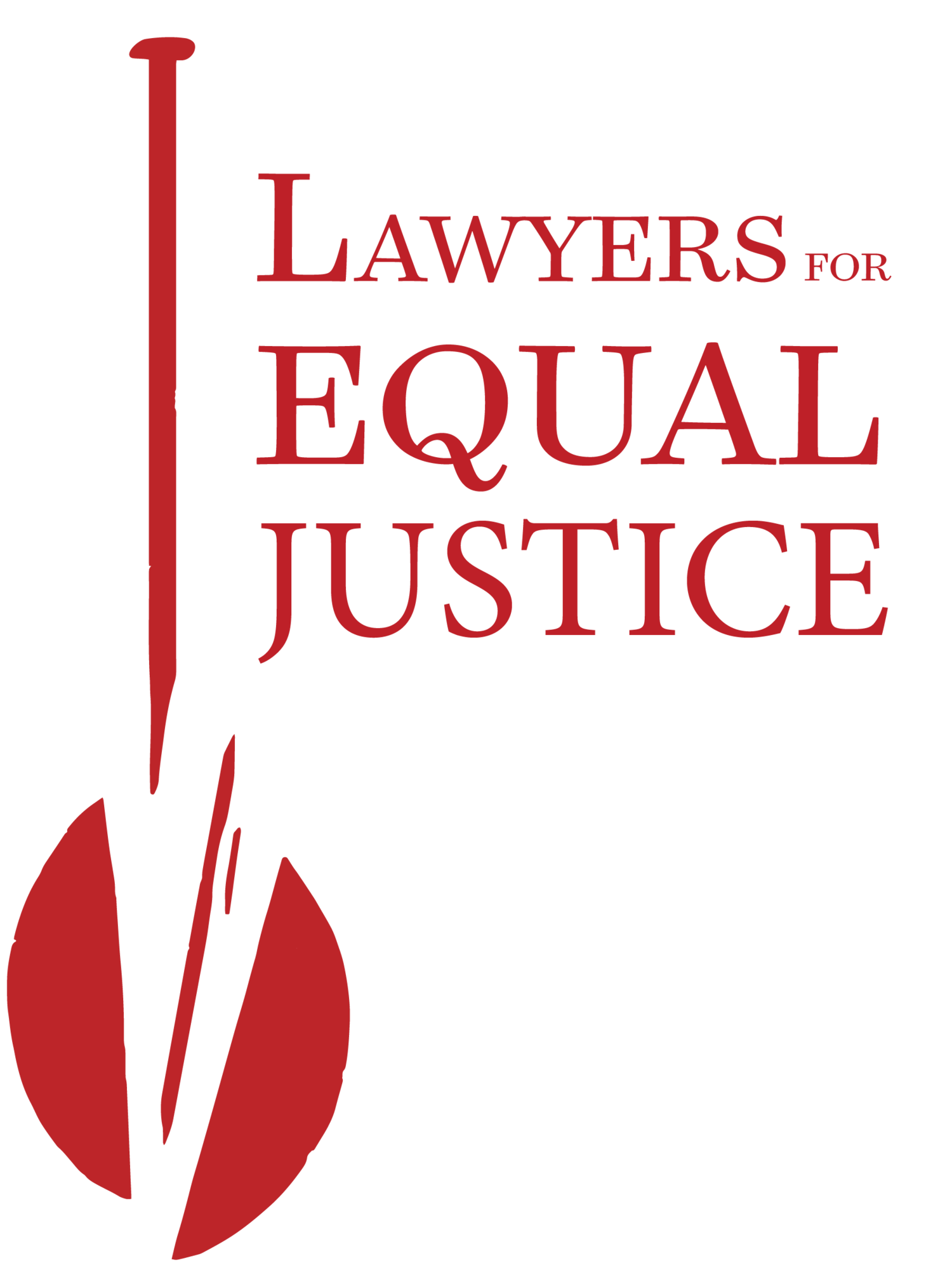Executive Summary
COVID-19 festers wherever people are forced into close contact with one another, spreading quickly through those on the front lines to their friends, families and surrounding communities. It is no surprise, then, that jails and prisons across the country have played host to the most catastrophic outbreaks to date. In the context of COVID-19, correctional facilities are public health disasters waiting to happen.
In August of 2020, the pandemic hit Hawaiʻi’s correctional facilities for the first time. As of August 16, 170 inmates and 34 staff workers at Oʻahu County Correctional Center (OCCC) had tested positive.
The spread into OCCC is no surprise. Although Hawaiʻi correctional facilities had avoided an outbreak for months due to good luck and a policy of reducing the incarcerated population, the state’s notoriously overcrowded and unclean correctional facilities invite rapid disease transmission.
The State of Hawaiʻi should learn the lessons taught by the events of the spring of 2020, when public servants stepped in to avoid an outbreak of COVID-19 in correctional facilities, and preserve public health.
From April 16–June 5, 2020, in response to a petition filed by the Hawaiʻi State Office of the Public Defender (OPD), the Hawaiʻi Supreme Court embarked on an ambitious and far-sighted initiative aimed at reducing the population of the state’s jails and prisons. The goal of the initiative was to prevent the sort of devastating COVID-19 outbreaks experienced in correctional facilities across the rest of the country, while ensuring public safety.
The Supreme Court designed a process that allowed individuals incarcerated for lower-level offenses to petition lower courts for release. The process provided an opportunity for prosecutors to object to release, and allowed releases only if the judge was satisfied release would not endanger the public.
As a result of the initiative, the population of Hawaiʻi correctional facilities fell by more than 800 people with no appreciable increase in crime. As a result, Hawaiʻi avoided both outbreaks within correctional facilities and spread to communities.
Despite this success, media coverage of the release initiative was overwhelmingly negative. Prosecutors and others issued dire warnings that the courts were releasing large numbers of violent criminals, and that crime was spiking. Politicians repeated these claims in even more dramatic terms. Media outlets printed the inflammatory statements without meaningful rebuttal or context.
In this report, Lawyers for Equal Justice (LEJ) explores the reasons for the gulf between public perception of the project and reality. The report is not merely an academic attempt to correct the historical record, but an effort to ensure that the mistakes of May and June are not repeated in August and September.
The outbreak that the Supreme Court tried so desperately to avert in April is now upon us, exacerbated (if not caused) by the discontinuation of the release program. County jails have rapidly refilled in the wake of the termination of the Supreme Court proceedings. Hundreds of inmates and correctional officers are infected.
Government officials, the media and the public must recognize that it is essential to reduce the number of people in those facilities to levels that will ensure health and safety for all. If we again allow fear of a nonexistent crime wave to overshadow the very real and immediate dangers of the current flare-up, that outbreak could easily overwhelm Hawaiʻi’s health system.
Key Findings
During the Supreme Court proceedings, law enforcement officials generally agreed that Hawaiʻi correctional facilities were overcrowded and unsafe, that releases were necessary to avoid the spread of the pandemic, and that public safety could be protected if a judge reviewed each case. By contrast, in lower court filings and public statements, some of those same officials routinely and cynically mischaracterized the release process to play on public fears about crime.
The vast majority of the formerly-incarcerated people released through the Supreme Court process were not re-arrested. Of those who were released and then re-arrested, 80 percent were re-arrested for houselessness-related offenses, such as entry of a closed public park, or violations of the terms of their release, such as failing to call a probation officer.
In covering the release initiative, major media outlets tended to: vastly exaggerate the threat the releases posed to public safety; fail to adequately describe the courts’ efforts to protect public safety; fail to report that almost all the re-arrests were for houselessness-related offenses; and ultimately allotted over 17 times more space to concerns about crime than to concerns about public health.
The Department of Public Safety explicitly disclaimed its legal obligation to provide reentry services to individuals who were released, leaving many people with no support whatsoever as they attempted to transition back into society.

